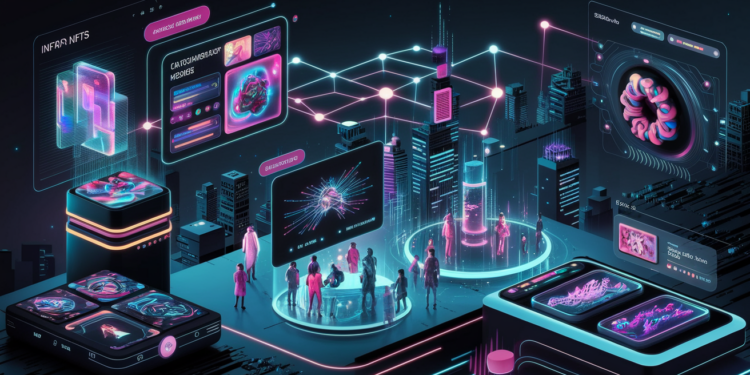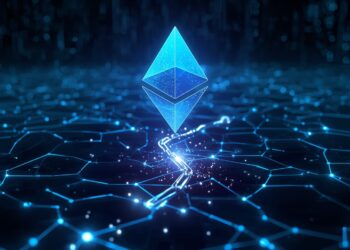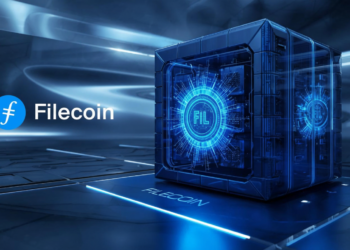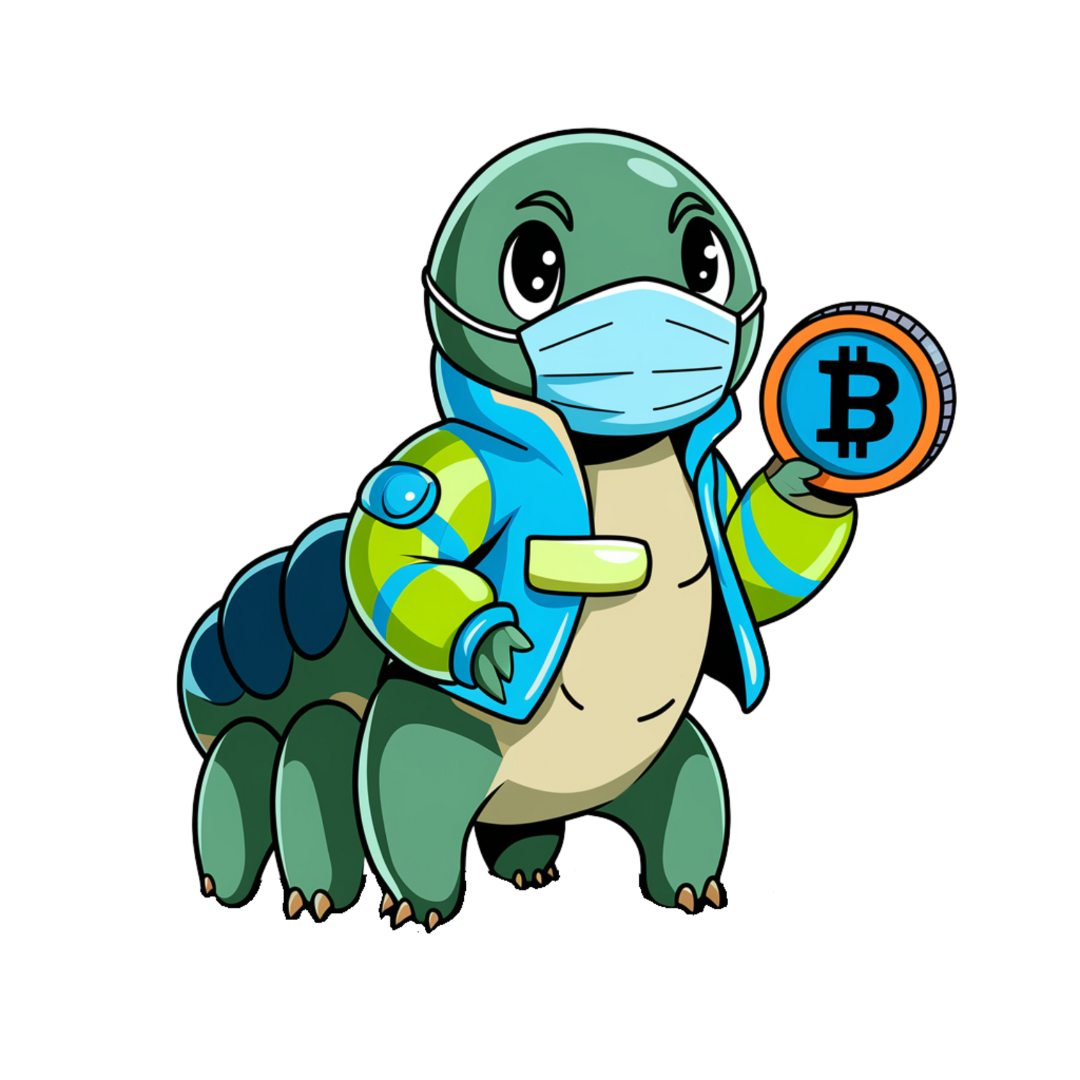NFTs, or non-fungible tokens, have exploded in growth, with the market reaching an astonishing $41 billion in 2021. This staggering figure highlights the rising importance of NFTs in the digital landscape. These unique digital assets, rooted in the principles of Web3, are reshaping how we perceive and control digital ownership. NFTs are redefining the way we manage and trade digital assets, ushering in a new era of ownership in a decentralized online world.
Understanding NFTs and Their Underlying Technology
Blockchain Technology and its Role in NFT Creation
NFTs are built on blockchain technology, which ensures that ownership records are immutable and transparent. This means once an NFT is created, its ownership cannot be altered without consensus from the network. Think of blockchain like a digital ledger; just as a traditional ledger records financial transactions, blockchain securely tracks NFT ownership.
Different Types of NFTs and Their Use Cases
NFTs come in various forms, each serving unique purposes:
- Image NFTs: Digital art that verifies ownership via blockchain.
- Video NFTs: Clips or animations owned as one-of-a-kind assets.
- Audio NFTs: Music tracks that fans can own and trade.
- Utility NFTs: Tokens that offer access to exclusive content or services.
There are also fractional NFTs, allowing multiple people to share ownership of a single asset, democratizing access to high-value items.
Key Characteristics of NFTs: Uniqueness, Scarcity, and Verifiability
The value of NFTs arises from their uniqueness and scarcity. Each NFT is distinct and often limited in supply. According to recent studies, some NFTs can appreciate significantly in value, with certain pieces seeing price increases of over 1,000%. This scarcity plays a big role in how collectors perceive and value these digital assets.
NFTs and the Evolution of Digital Ownership
From Centralized to Decentralized Control: A Paradigm Shift
Traditionally, ownership of digital assets has relied on centralized platforms like social media or streaming services. These platforms often control users’ content and rights, limiting ownership. With NFTs, users gain full control of their assets. Platforms like OpenSea and Rarible exemplify this shift toward decentralized ownership, allowing creators and collectors to interact directly.
The Concept of Digital Scarcity and its Impact on Value
NFTs introduce digital scarcity, making once infinite digital items unique and valuable. For example, the sale of Beeple’s “Everydays: The First 5000 Days” for $69 million demonstrates how NFTs can create high demand and significant value in digital art spaces.
NFTs as a Tool for Digital Asset Management
Managing digital assets becomes easier with NFTs. Artists can prove ownership, track sales, and maintain royalties on future sales. NFTs are not just limited to art; they have potential in gaming, where players can own unique in-game items, skins, or even virtual land in digital worlds like Decentraland.
Real-World Applications and Case Studies
NFTs in the Art and Collectibles Market
The art world has seen a transformation thanks to NFTs. For instance, the sale of “CryptoPunk #7804” for over $7.5 million highlights the rising trend. The NFT art market has surged, growing by over 300% in 2021 alone, showing immense interest and potential for artists and collectors.
NFTs in the Gaming Industry
In gaming, NFTs allow players to own unique in-game items. Games like Axie Infinity and The Sandbox use NFTs to empower players by granting them actual ownership of characters and assets. This model shifts the traditional gaming paradigm, where players often rely on centralized servers.
NFTs in the Music Industry
Musicians are leveraging NFTs to sell music directly to fans. Artists like Grimes and Kings of Leon have released albums and exclusive content as NFTs, allowing for direct interaction without intermediaries. These projects will alter how music distribution works in the future.
The Challenges and Future of NFTs
Scalability and Environmental Concerns
The rapid growth of NFTs raises concerns about scalability and environmental impact. Many blockchains consume significant energy, leading to discussions about more eco-friendly solutions, such as transitioning to proof-of-stake models that require less energy.
Regulatory Uncertainty and Legal Frameworks
As the NFT market grows, so does the uncertainty around regulations. Experts are debating the best approach to regulate NFTs while protecting creators and buyers. Understanding these legal frameworks will be essential for navigating the future of NFTs.
The Potential of Metaverse and Web3 Integration
NFTs play a crucial role in the metaverse, where digital ownership is foundational. As more users engage in virtual spaces, the integration of NFTs into these platforms will grow, offering limitless possibilities for ownership, commerce, and social interaction.
Conclusion: Embracing the Future of Digital Ownership
NFTs are ushering in a new era of digital ownership. From redefining scarcity to empowering creators, their potential is boundless. As the Web3 landscape continues to evolve, understanding and participating in NFTs can unlock new opportunities for individuals and businesses alike. To learn more, explore NFT marketplaces, join online communities, or consider creating your own unique digital assets.

























